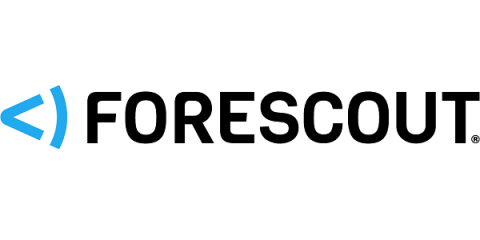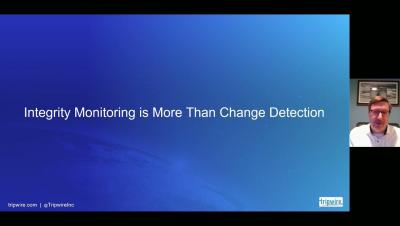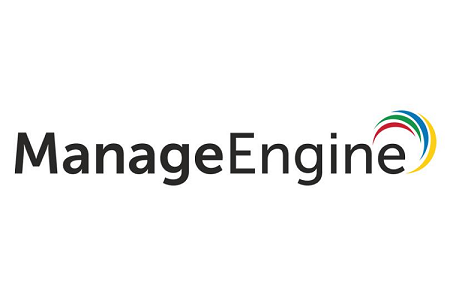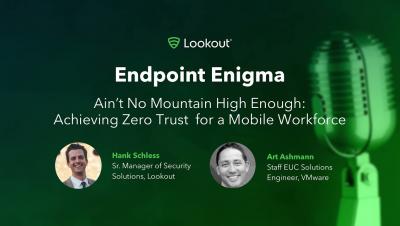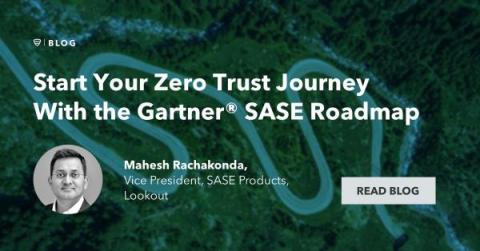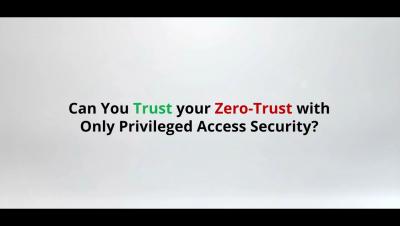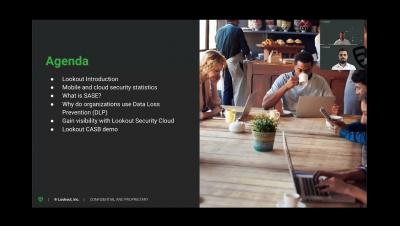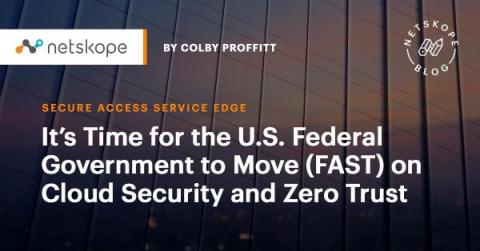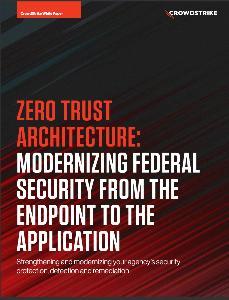Will Zero Trust Shape the Future of Cloud Security?
Zero trust is everywhere, and it will change the way we undertake security. Just as zero trust concepts are shaping the data center and our networks, they will shape cloud environments, as well. Many of the challenges of cloud security arose because we moved workloads to the cloud with no clear idea of how to secure them. Zero trust provides exactly those ideas.




